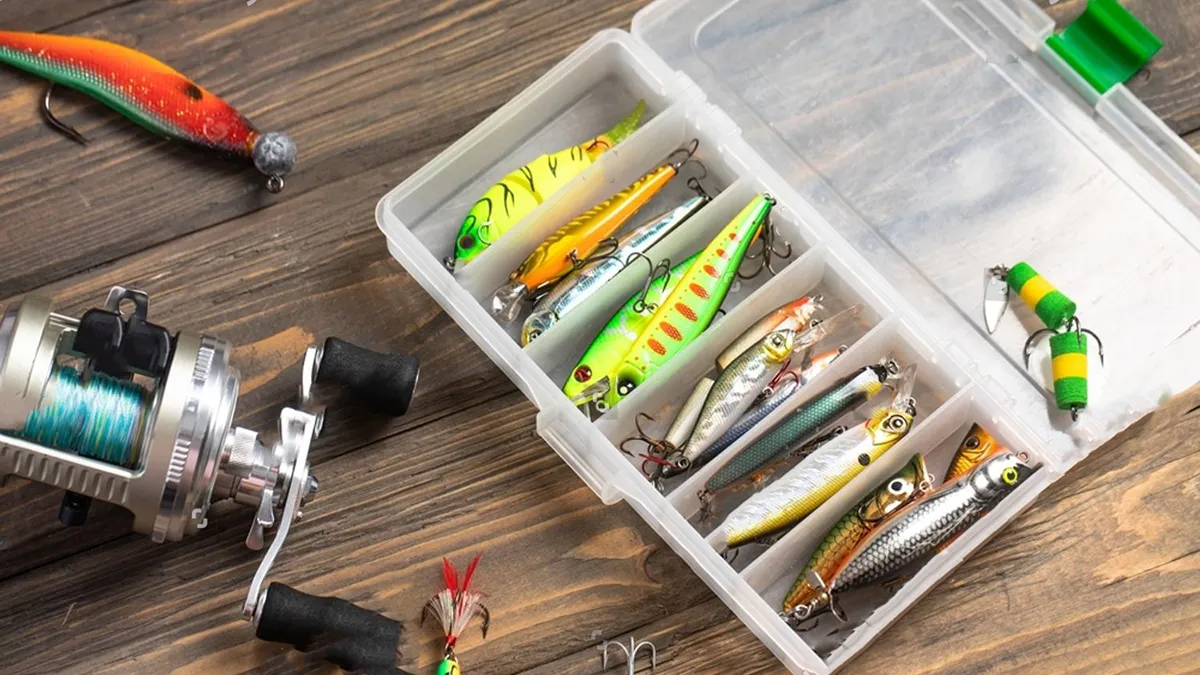Hey there, fellow angler! If you’re keen to dive into the world of fishing with soft plastic lures, you’re in for quite the adventure. These little wonders are a game-changer, making fishing trips more exciting and fruitful. Soft plastics mimic the movement and appearance of fish prey, making them irresistible to a wide variety of species. Whether you’re a seasoned pro or just starting out, there’s always something new to learn about using these versatile lures.
Now, I’ve got some exciting news for you. ReelBoss is gearing up to launch an amazing range of soft plastic lures that promise to up your fishing game. But, while we’re all waiting eagerly, don’t miss out on checking out our top-notch collection of braided fishing lines. They’re the perfect match for your soft plastic lure fishing, offering strength and sensitivity for those thrilling catches. Head over to ReelBoss and get ready to enhance your fishing experience. Trust me; you won’t want to miss what we have in store!
Why Choose Soft Plastic Lures?
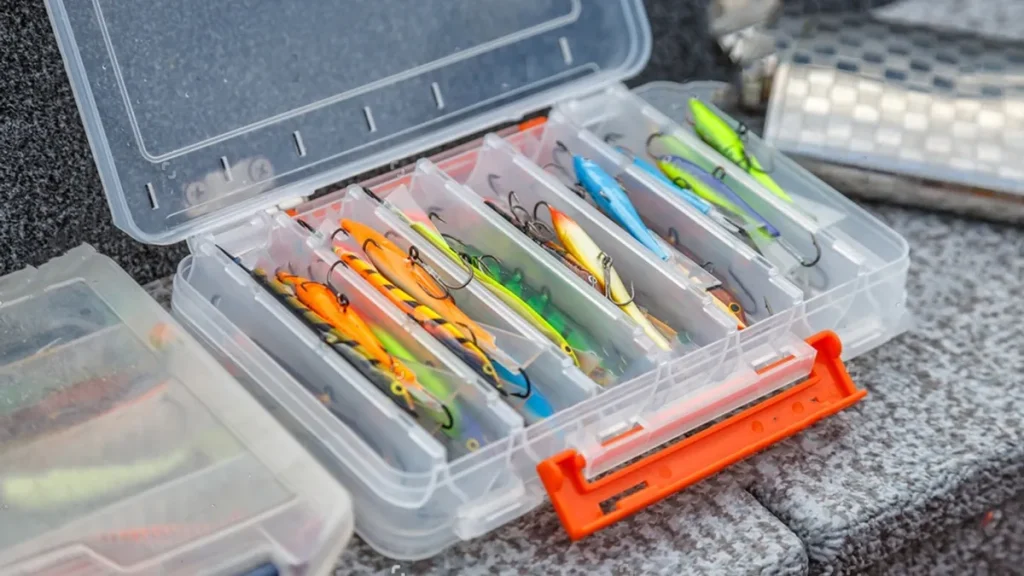
So, you might be wondering, “Why choose soft plastic lures over other types?” Let me tell you, these soft plastic fishing lures are like the Swiss Army knife of the fishing world – versatile, effective, and just downright fun to use.
First off, the lifelike action of soft plastic lures is unmatched. With a simple twitch of your rod, these lures dance and flutter through the water, mimicking injured baitfish or scurrying crustaceans to perfection. It’s this realistic movement that can trick even the wiliest of fish into biting. Whether you’re aiming for a bass hiding under a lily pad or a snapper from the deep blue, there’s a soft plastic lure designed to catch their eye.
And let’s talk about versatility. No matter what fish species you’re targeting, there’s a shape, size, and color of soft plastic fishing lures that’s just right. From sleek minnows to chubby grubs, the variety is endless. You can rig them in countless ways to suit the conditions, depth, and fish you’re after. It’s like having an entire tackle box in just a few compact, easy-to-carry packages.
Trust me, once you start exploring the possibilities with soft plastic lures, you’ll find it hard to go back to anything else. They’re a game-changer, no doubt about it!
Essential Gear for Soft Plastic Lure Fishing
Jumping into soft plastic lure fishing can feel like you’re entering a whole new world. But don’t worry, I’ve got you covered with the must-have gear to get you started.
Rods and Reels
For soft plastic lure fishing, you’ll want a rod that gives you a good blend of sensitivity and strength. A medium-light to medium-action rod is perfect for beginners. It’s versatile enough to cast various soft bait lures with precision and feel the slightest nibbles. Pair your rod with a reliable spinning reel to make casting and retrieval as smooth as butter.
Fishing Lines
The line is your direct connection to the lure and, ultimately, the fish. Braided lines are a top pick for fishing with soft plastic lures because they’re sensitive and strong, allowing you to feel every twitch and tug. Plus, they work wonders in both clear and murky waters.
Choosing Soft Bait Lures
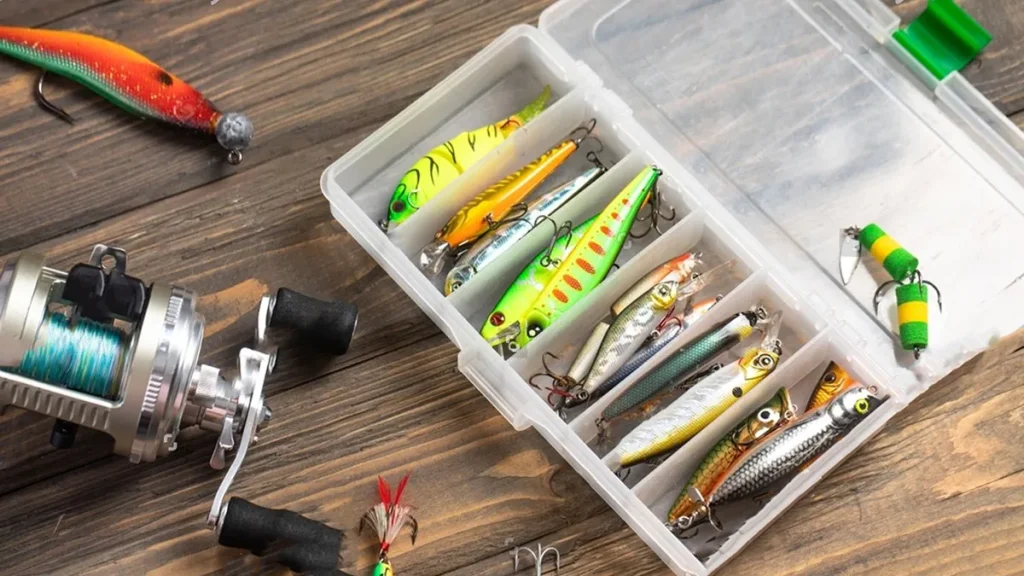
Selecting the right soft bait lures boils down to two things: the fish you’re targeting and the environment you’re fishing in. In clear waters, opt for natural, subdued colors. In murkier waters, brighter colors or those that create silhouettes can really stand out. Remember, the goal is to mimic the local prey, so take a cue from the environment to choose your lure’s shape and size.
With the right gear and a selection of soft bait lures, you’ll be all set to tackle the exciting world of soft plastic lure fishing. Trust me, with a bit of practice, you’ll be casting like a pro in no time!
Understanding Different Types of Soft Plastics
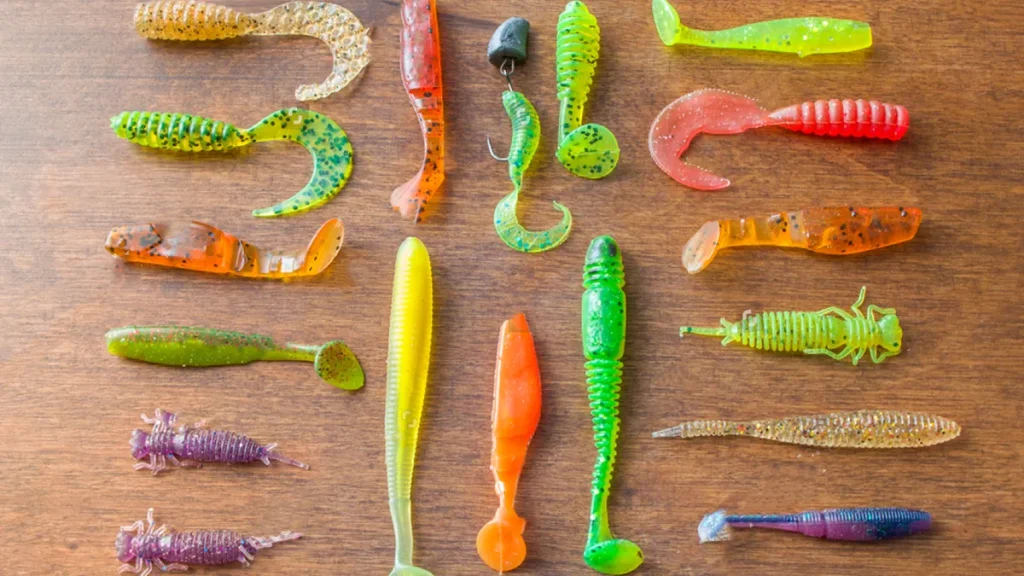
Diving into the world of soft plastic lures is like opening a treasure chest of fishing goodies. There’s so much variety, each with its own special way of luring in those elusive fish. Let me break down some of the popular types for you.
Worms
Worms are the old faithful of soft plastic lures. They come in various lengths and colors, perfect for a stealthy approach. Rig a worm on a Texas rig for weedless performance, or try a wacky rig for an irresistible fluttering action. They’re especially killer for bass lying in wait.
Paddle Tails
Paddle tail lures bring the thump. The vibrating action of their tails sends out waves that fish can’t ignore. They’re versatile, working well in both fast and slow retrieves. Cast them in open water or jig them near the bottom, and you’re bound to get some attention.
Creature Baits
Creature baits are the wild cards of the soft plastic lure family. With their unique shapes and appendages, they mimic everything from crayfish to small baitfish. These lures are great for flipping into tight spots or dragging along the bottom. The more bizarre, the better, as their odd shapes can entice bites from curious predators.
Each type of soft plastic lure has its time and place. Experimenting with different styles and techniques is part of the fun and key to becoming a versatile angler. So, grab a few and see which ones become your go-to favorites!
Rigging Techniques for Soft Plastic Lures
Rigging your soft plastic fishing lures correctly can seriously up your fishing game. Let’s touch on a few key methods:
The Texas rig is your stealth attack for snaggy places. By hiding the hook inside the lure, it becomes weedless, perfect for those tricky spots full of weeds or brush. It’s a great way to make your lure look natural and irresistible.
Then, there’s the Carolina rig. It’s like the Texas rig but with a weight added above the lure, which lets it sink to the bottom and cover more ground. Ideal for deeper water fishing, it gives your lure a lifelike movement that bottom dwellers can’t ignore.
Lastly, jig heads are fantastic for precision. They add weight to your lure, allowing you to cast further and with more accuracy. Plus, the weight helps your lure to dive down quickly, perfect for targeting those deeper spots.
Each method has its charm, making fishing with soft plastic lures versatile and effective. Experiment with these rigs and find your sweet spot for a successful day of fishing!
Mastering the Art of Retrieval
Mastering retrieval techniques can significantly boost your success when using soft plastic lures. Let’s dive into some strategies that can make your soft plastics irresistible to fish.
Jigging is a fantastic method that involves lifting and dropping the rod tip, making the lure move in a vertical motion. This mimics a wounded baitfish and can trigger aggressive strikes from predatory fish.
Twitching adds sudden bursts of movement, simulating the erratic actions of live prey trying to escape. A quick snap of the rod tip followed by a pause allows soft plastic lures to dart and rest, proving too tempting for fish to ignore.
Steady retrieves, where you reel in at a constant speed, can also be effective, especially when you’re targeting species in open water. The key here is to maintain a pace that keeps the lure moving naturally, like a swimming baitfish.
Varying retrieval speeds and actions are crucial. Fish can become wary of repetitive movements, so mixing it up—slow one moment, fast the next, a sudden twitch here, a steady retrieve there—keeps them guessing and more likely to bite. This approach with soft plastics not only makes your fishing more dynamic but significantly increases your chances of a successful catch.
Tips for Successful Soft Plastic Lure Fishing
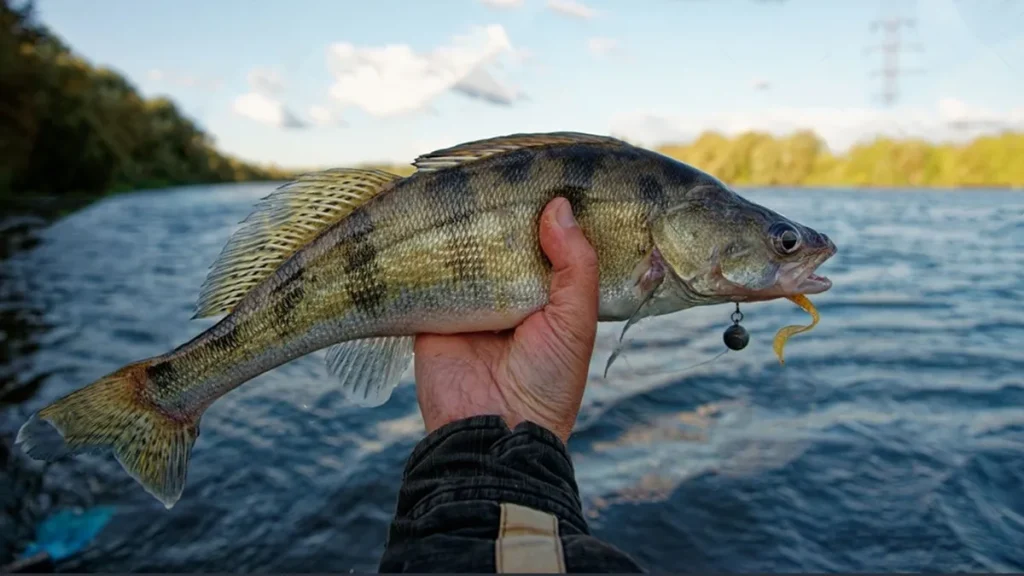
For anyone getting started with fishing with soft plastic lures, there are a few tips that can set you up for success. Understanding the basics of water conditions, fish behavior, and the versatility of your soft plastic lure can make all the difference.
Firstly, reading water conditions is essential. Clear water calls for more natural, subdued lure colors, while murky water is your chance to use brighter colors or those that create contrast. Also, pay attention to water movement; areas with currents can bring fish to you.
Knowing your target fish’s behavior is crucial. Some species prefer the bottom, while others may feed in mid-water or near the surface. Match your soft plastic lure’s size and action to what the fish are naturally eating, whether that’s small minnows or larger prey.
Experimentation is your friend. Don’t shy away from trying different colors, sizes, and types of soft plastic lures. Sometimes, a slight change in color or size can turn a slow day into a productive one.
Most importantly, practice and patience are key. Fishing with soft plastic lures requires both skill and understanding, which come with time and experience. Enjoy the learning process, and remember, every cast is a new opportunity.
Conclusion
In wrapping up, it’s clear that soft plastic lures offer unmatched versatility and effectiveness for anglers at all levels, especially beginners. Their ability to mimic a wide range of prey makes them invaluable in any tackle box. Whether you’re just starting out or looking to refine your skills, the world of fishing with soft plastic lures is ripe for exploration.
I encourage you to dive in and experiment with different lures, techniques, and fishing spots. Each outing is a chance to learn something new, to adapt, and to discover what works best for you and the local fish. The journey to mastering soft plastic lure fishing is as rewarding as it is challenging.
Remember, every expert angler was once a beginner. The key to success lies in patience, practice, and a willingness to experiment. Embrace the adventure, keep casting, and you’ll find that becoming proficient in fishing with soft plastic lures is not just about the catches—it’s about the incredible experiences along the way. Here’s to tight lines and thrilling catches on your fishing journey!
